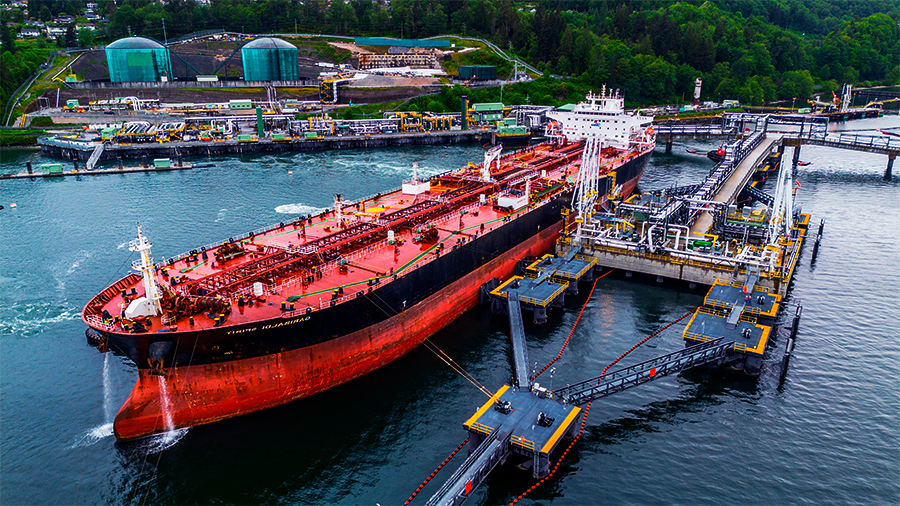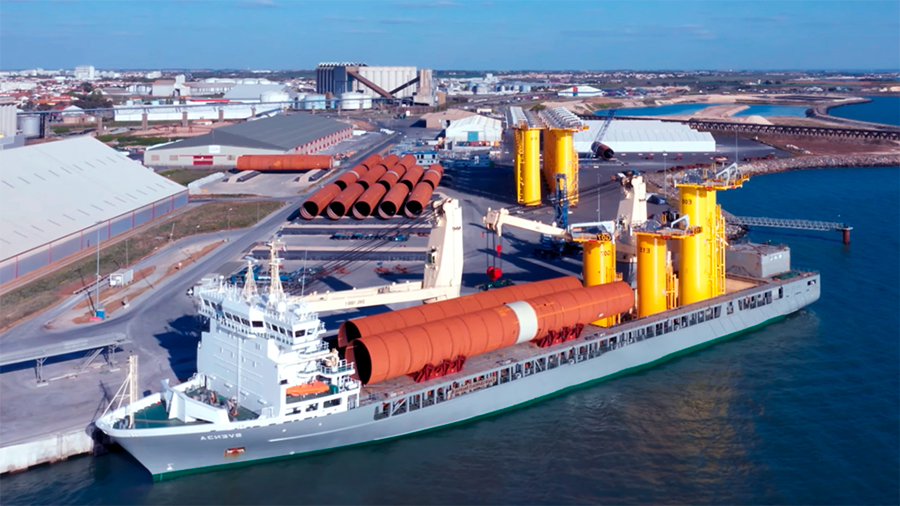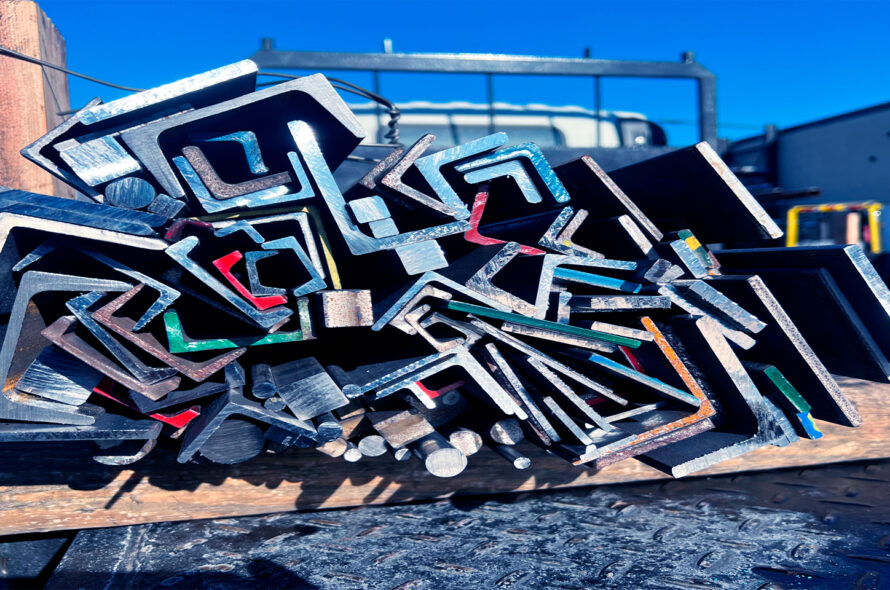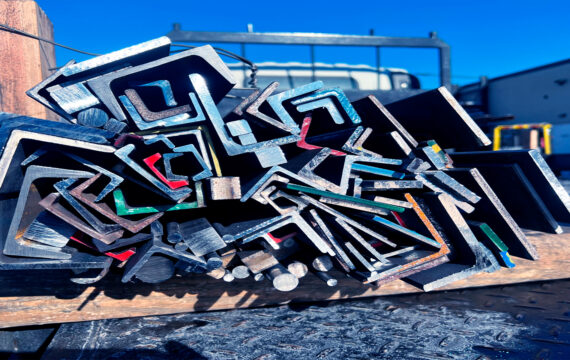Credit Risks in Heavy Logistics: Cases of Metallurgy and Oil
When metals or oil move across oceans, the logistics behind them rarely looks simple. These sectors deal with ships full of high-value cargo, fluctuating global prices, and fragile supply chains. Credit keeps the wheels turning, but it also creates risks. In metallurgy and oil logistics, where the stakes are measured in billions, borrowing can either secure delivery or sink a company into debt. Looking at how credit interacts with these industries shows why lenders and operators both tread carefully.
The Weight of Price Swings
Metals and oil are among the most volatile commodities. Prices shift daily, influenced by currency changes, sanctions, or sudden demand shocks. For companies in logistics, this volatility directly shapes their credit exposure. A steel producer shipping raw ore across continents may borrow to cover fuel, storage, and handling. If global steel prices collapse mid-journey, the loan still needs repaying even as revenue shrinks. Oil logistics faces the same dilemma. Tanker operators sign contracts assuming a certain price level. When crude drops unexpectedly, margins evaporate, leaving borrowed funds harder to service. Credit here is not just financial support—it is a bet on stability that rarely lasts.
Metals in Flux
Iron ore, copper, and aluminum markets show how swings can devastate borrowers. Producers often overcommit when prices rise, then face repayment trouble when cycles reverse.
Oil’s Daily Rollercoaster
Global oil trades respond instantly to politics, climate, and demand. Each sudden dip reshapes debt exposure, as loan schedules rarely adjust to such volatility.
Metallurgy Logistics Under Stress
Moving iron ore, copper, or steel products involves long routes and heavy reliance on ports, rail, and shipping lanes. Credit is essential to fund storage, freight, and insurance before sales revenue arrives. Yet this dependence makes companies vulnerable. In one widely discussed case, a major metal supplier took loans to expand export capacity during a period of high prices. When demand cooled, shipments slowed and debt payments grew unmanageable. Lenders tightened conditions, and the firm was forced to restructure. This story reflects a wider truth: in metallurgy logistics, overleveraging during a boom often leads to painful adjustments during downturns.
Financing Expansion
Companies often borrow heavily to grow capacity when commodity prices are high, betting that demand will last.
The Collapse Cycle
When demand falls, loan repayments remain, creating a cycle where optimism leads to overextension and eventual retrenchment.

Oil Transport and Financial Fragility
Oil logistics has its own set of credit risks. Tanker operators and refiners often borrow heavily to secure cargoes and cover massive operational costs. When geopolitical disruptions strike—such as blocked routes, embargoes, or sanctions—repayments suddenly collide with declining revenues. In some instances, companies have had to divert shipments or sell at discounts just to meet debt schedules. The financial fragility of oil logistics became clear during periods of extreme price volatility, when loans tied to projected earnings turned into liabilities. Borrowing remains necessary, but the sector shows how quickly loans tied to oil flows can become burdens.
Geopolitical Shocks
Embargoes or sanctions can instantly reduce revenues, leaving companies with debts but fewer outlets for cargo.
Margins Under Pressure
When oil prices fall below transport costs, loans magnify losses instead of covering gaps, intensifying fragility.
When Supply Chains Break
Logistics in both metallurgy and oil relies on global routes vulnerable to disruption. Strikes at ports, bottlenecks in canals, or shortages of shipping containers can halt flows. During such events, credit exposure grows heavier because revenue halts while debt obligations remain fixed. A shipment of steel waiting weeks at a congested port generates no income, yet loan interest continues to accumulate. In oil, delays increase storage and insurance fees, eroding margins further. These breakdowns show the double-edged role of credit: it bridges financial gaps but also locks companies into commitments that disruptions can make impossible to meet.
Steel at the Dock
Congested ports keep shipments idle, creating mounting storage costs while loans continue to accrue interest.
Oil Waiting at Sea
Tanker delays magnify costs through extra insurance and higher risks, leaving companies squeezed by both logistics and finance.
How Lenders React
Banks and financial institutions lending to metallurgy or oil logistics apply stricter conditions than in lighter industries. They demand collateral, detailed cash-flow projections, and sometimes even government guarantees. This caution stems from repeated cases where borrowers struggled after market shifts. For example, a logistics company serving the oil trade may be refused refinancing if lenders detect exposure to volatile regions. In metallurgy, lenders often shorten loan maturities during downturns to reduce risk. These reactions can trap companies in a cycle: they need credit to operate, but credit terms tighten precisely when they need support most.
Collateral Demands
Lenders prefer securing loans against cargo, storage facilities, or future receivables to reduce exposure.
Shorter Horizons
During downturns, banks reduce loan durations, limiting breathing room for companies dependent on long-term contracts.

Lessons from Past Cases
Looking at past disruptions offers insight. Metal exporters that borrowed aggressively during commodity booms frequently faced insolvency when prices fell. Oil shippers financing expansion during stable times often found themselves overextended when trade routes shifted. What separates survivors from failures is usually risk management: diversifying suppliers, securing flexible loan terms, and hedging against price swings. Companies that ignored these steps became case studies in how not to borrow. Those that planned cautiously, balancing growth with financial discipline, managed to endure and eventually recover when markets stabilized.
The Overleveraged Trap
Borrowing too much in good times leaves firms unable to handle even minor downturns, forcing restructures or closures.
The Survivor’s Playbook
Firms that hedged prices, split suppliers, and negotiated flexible repayment terms often navigated volatility successfully.
Looking Forward: Credit Risks in a Changing World
The next decade will reshape how credit risk interacts with heavy logistics. Digital platforms are beginning to offer faster, more adaptive credit decisions, potentially softening the blow of sudden disruptions. Alternative lenders—fintech firms and private capital funds—are stepping in where banks hesitate, offering flexibility but also higher costs. Environmental pressures will add another layer: oil and metal logistics face stricter scrutiny, and loans may increasingly be tied to sustainability conditions. Currency fluctuations will remain a constant hazard, meaning more firms will need sophisticated hedging strategies to secure favorable credit. The challenge will not disappear—credit will always be risky in heavy logistics—but new tools and conditions may change how that risk is managed.
Fintech’s Role
Faster approvals and digital monitoring tools may give firms more responsive access to liquidity during disruptions.
Sustainability and Credit
Future loans may depend not only on cash flow but on how borrowers align with environmental and regulatory standards.
Conclusion
Credit is indispensable in heavy logistics, but in metallurgy and oil it comes with sharper edges. Price swings, supply disruptions, and geopolitical shocks can turn borrowed funds from lifelines into liabilities. Real-world cases show how quickly optimism during a boom can turn into crisis when markets shift. For both lenders and corporations, the key lesson is clear: borrowing in these sectors requires not just capital but caution. The scale of logistics makes credit unavoidable, but the volatility of commodities ensures it always carries risk.










